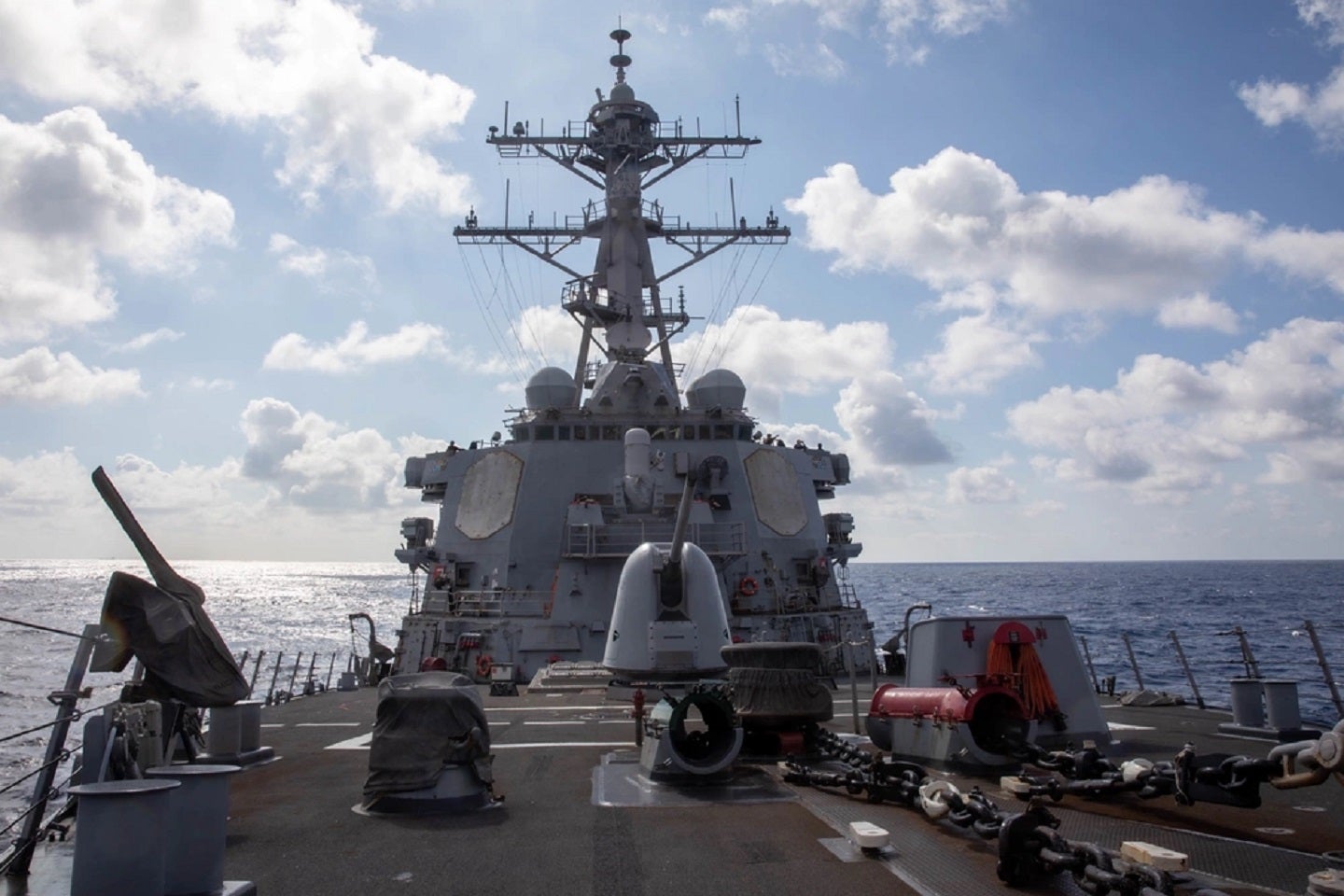
The US Department of Defense (DoD) has awarded the naval architecture firm Gibbs & Cox a $39.6m contract to exercise options for supporting the US Navy’s Future Surface Combatant Force.
Its work will focus primarily on supporting the next generation guided-missile destroyer, the DDG(X) programme, as well as other emerging ship concepts, and to conduct feasibility studies as part of supporting the broader US Navy (USN) fleet.

Discover B2B Marketing That Performs
Combine business intelligence and editorial excellence to reach engaged professionals across 36 leading media platforms.
The DDG(X) is intended to succeed the US Navy’s current surface combatant fleet, which consists of the ageing Arleigh Burke destroyers (DDG-51), and the even older Ticonderoga cruisers (CG-47). With little difference between these two, the US Navy envisages the DDG(X) as a replacement for both.
Gibbs & Cox’s work will contribute to the design and engineering of the ships which will become these principal large surface combatant ships the US Navy intends to have ready by 2030.
What is listed as a “support contract” may well mean Gibbs & Cox are the main company behind the overall design of the ship itself, but all warships are designed with close cooperation and input with the USN.
DDG(X) will almost certainly incorporate the combat system (sensors, radars, weapons, countermeasures, control computers etc.) of the new Flight III Burke destroyers onto a larger, sleeker hull, which helps simplify supply chains.

US Tariffs are shifting - will you react or anticipate?
Don’t let policy changes catch you off guard. Stay proactive with real-time data and expert analysis.
By GlobalDataWork will be performed in Washington, DC (60%); Arlington, Virginia (35%); and Philadelphia, Pennsylvania (5%), and is expected to be completed by February 2024.
GlobalData defence analyst James Marques outlined some of the top goals for the DDG(X) production.
“A greater missile capacity than previous destroyers with room for future larger and hypersonic missiles, a range increase of >50% and engine efficiency >25%, being able to launch initial ships with room to upgrade to the ‘next generation’ of radar, sensors and communications, and improvements to survivability by reducing noise and radar signatures by roughly >50%,” he said.
The value of DDG(X)
The US Navy set a 355-ship force-level goal back in December 2016, which calls for achieving and maintaining a force of 104 large surface combatants.
Part of the reason for producing DDG(X) is to mitigate a projected shortfall in the US Navy’s fleet of destroyers at a time when other navies have sought to increase their fleets.
In its report on The Global Naval Vessels and Surface Combatants Market 2022-2032, GlobalData expects disputes over offshore territories and maritime boundaries will be a major driver for navies to develop their capabilities.
For instance, China has been claiming a major swathe of territory in the South China Sea (SCS) and is procuring several patrol vessels to be used in this area. Its nine-dash line map not only extends its waters beyond what is accepted by international law, but also engulfs islands like the country of Taiwan, as well as the EEZ and territorial waters of other SCS states
In the context of the Chinese threat, the production of DDG(X) would be valuable for conducting high profile jobs such as supporting Taiwan.
However, the US has already begun to build 20 new Constellation-class frigates. These will also carry a variety of weapons and be able to fulfil a number of missions, but are overall smaller and less powerful, but cheaper and simpler than a destroyer.
Marques commented: “This is the first time in a while the US Navy has decided to build frigates in order to lower overall costs but keep flexibility and firepower in the fleet. If the Constellation frigates prove successful, I anticipate the target of 104 ‘large surface combatants’ (DDG(X) and Burke) to fall slightly to somewhere between 70-100.”





